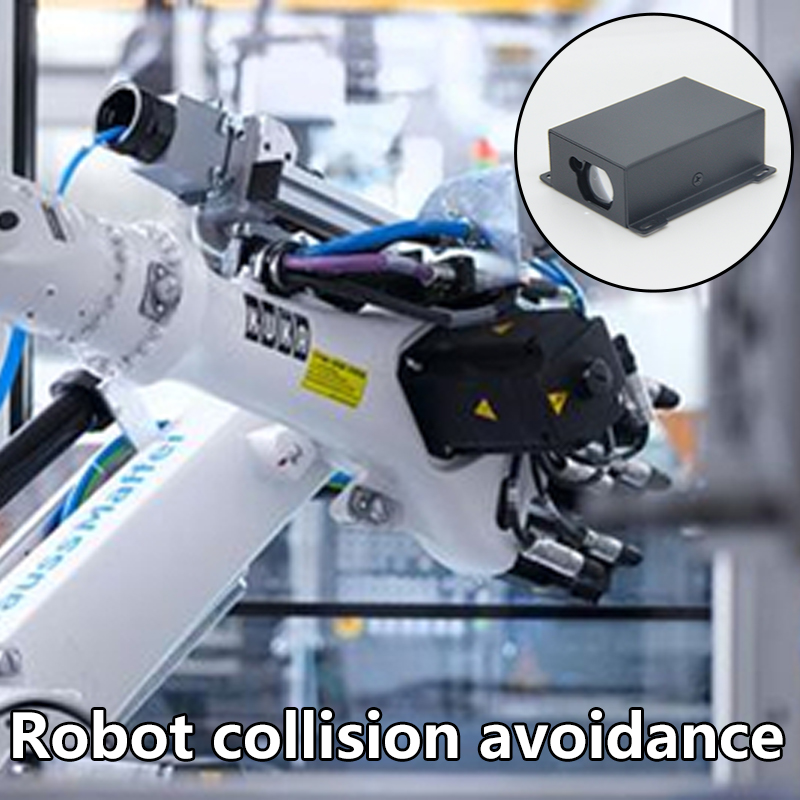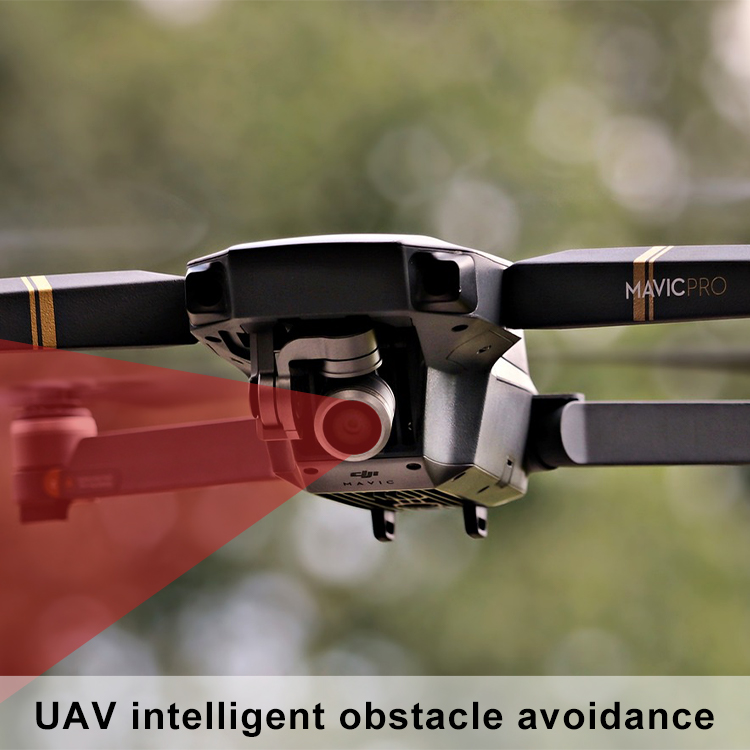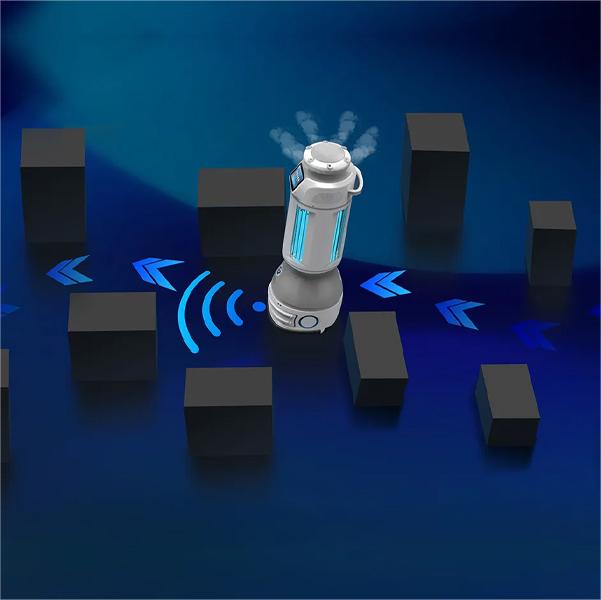Artificial Intelligence
With the popularity of artificial intelligence (AI), smart sensors have entered a new era, gaining entirely new applications in automated guided vehicles (AGVs), mobile robots, collaborative robots, and self-driving robots, making robot operations more flexible. Laser sensors support the positioning, mapping, and navigation of mobile robots, as well as coordinated movement or docking, collision avoidance, and more. It is believed that the application of sensors in artificial intelligence will become more and more mature in the future, and more complex applications may be developed.

Robot Obstacle Avoidance
In the process of working or moving, the robot will continue to encounter various obstacles, such as fixed walls, pedestrians suddenly intruding, and other mobile devices. If it cannot judge and respond in time, a collision will occur. cause losses. The Seakeda laser ranging sensor enables the robot to have "eyes" to measure the distance from the robot to the obstacle, and to react in time and avoid it, taking every step well. Advantages of laser distance sensors: fast response, accurate, small and lightweight, easy to integrate.

Drone Monitoring
Seakeda's low-power, high-frequency, and small-sized laser ranging sensors are widely used in drones. By carrying seakeda laser ranging radar in different positions, the drone can help it realize functions such as height determination and assisted landing. The long distance ranging lidar can detect the distance information on the ground in real time and feed it back to the drone, so that the drone can adjust the descent speed or flight altitude in time during the descent or hovering process to complete inspections, security, commercial flights, etc. diverse assignments.

Robot Target Positioning
As the field of robotics continues to evolve, it becomes increasingly important to find ways to enhance the accuracy and precision of robotic systems. One way to achieve this is by utilizing a laser distance sensor for robot target positioning.
Firstly, a laser distance sensor offers unparalleled accuracy. The sensors use laser beams to calculate the exact distance to a target object. They can measure distances down to the millimeter accuracy, making them ideal for precise positioning tasks. With this level of accuracy, the robot can perform tasks that require precise positioning, such as picking and placing items on a conveyor belt.
Secondly, the laser distance sensor can operate at high speed. Robots need to be able to process information quickly in order to perform tasks efficiently. Due to the speed of the laser, the sensor can provide measurements at high speeds, allowing for fast and accurate positioning. This makes laser distance sensors ideal for applications such as warehouse automation, where fast moving objects need to be tracked.
Another key advantage of laser distance sensors is their ability to work in diverse environments. They can measure distances in various lighting conditions, including bright sunlight or complete darkness. This makes them perfect for use in a variety of environments, including factories, warehouses, and outdoor settings.
If you need our laser distance sensors for robotics, please contact us.





